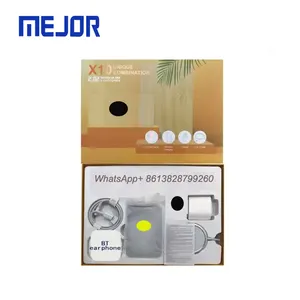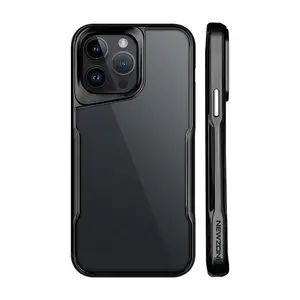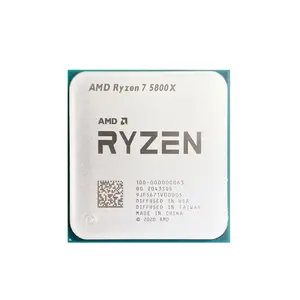Popular in your industry













































































Related Searches:

























































































































Top categories
About parabole satellite
A satellite dish, or a parabola, is a bowl-shaped metal object with a curved surface that reflects radio waves to a specific point in space. In other words, it is a device used to receive satellite signals. The satellite dish is designed to receive signals from a satellite in space. It has a parabolic shape that reflects the incoming radio waves to a focal point, where the feedhorn is located. The feedhorn collects the reflected waves and converts them into electrical signals that can be processed by the satellite receiver. This design allows the dish to focus on a specific satellite and reject signals from other directions, providing a clear and strong signal.
How to choose satellite dishes?
When choosing a satellite dish, one must consider the dish size. The satellite dish 120 is the size of the dish. The size of a satellite dish is typically measured in inches or centimeters and refers to the diameter of the dish. Larger dishes are generally more effective at receiving weak signals but may be more challenging to install, while smaller dishes are more compact and easier to install but may not perform as well in poor weather conditions.
The dish design is important, as the design can affect the performance of the dish. There are different types of satellite dishes, including offset dishes, prime focus dishes, and multi-feed dishes, each with its own advantages and disadvantages. The choice of dish design will depend on the specific requirements of the installation, such as the satellite signal strength and the desired satellite coverage. For example, an offset dish is designed to minimize signal interference from the feedhorn, making it an ideal choice for installations with limited space or in areas with high signal noise.
The material of the dish should be considered. Satellite dishes are typically made of metal, such as steel or aluminum, as these materials provide the necessary strength and durability to withstand outdoor conditions. The choice of material will depend on the specific environmental factors, such as exposure to extreme weather conditions or the presence of corrosive elements, in the installation location. When choosing a satellite dish, it is important to select a material that can provide long-term performance and reliability.
Consider the dish performance. The performance of a satellite dish is influenced by various factors, such as the dish size, design, and material. It is important to choose a dish that can provide the desired signal strength and quality for the specific satellite TV or internet service. Additionally, the dish should be compatible with the required satellite frequency bands to ensure optimal performance. For example, a parabola 60 or 80 is ideal for satellite TV reception, while a larger dish may be needed for satellite internet services that require higher signal bandwidth.










































